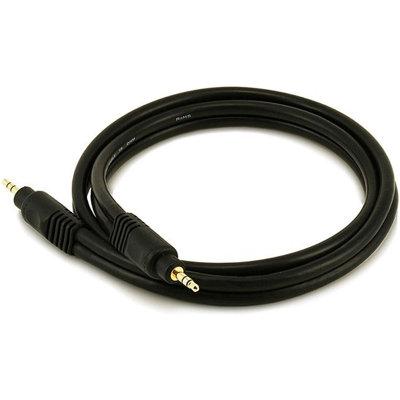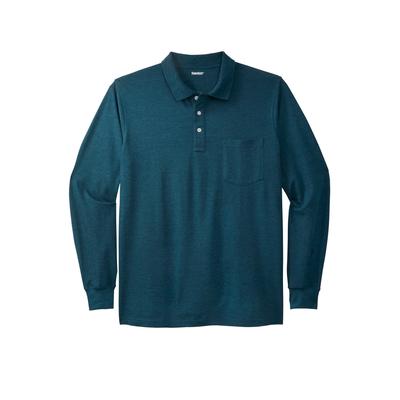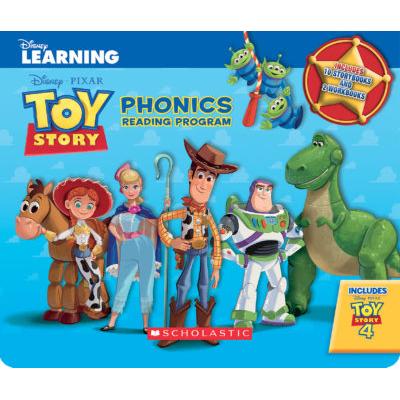Types of fabrics to be considered for bridesmaid dresses

Choosing a bridemaid dress is not an easy task. There’s a lot to consider before picking the right bridesmaid dresses. Your minds will be occupied with questions like – what kind of fabrics to go for, what’s the difference between them and how they’re best worn. If you are in a tizzy about the type of fabric you have to pick for the bridesmaid dresses, here’s a quick guide to some of the best options that will make the process less overwhelming :
Chiffon
Chiffon is a light-weight material which does not cling to the body, and it has a great fall, once the dress is worn. It works well on dresses that require draping, such as those with empire waist. It can also be layered for a beautiful style. Chiffon works well with light, bright and pastels colors. The fabric also comes in a pleated form and this is called ‘crinkled’ chiffon. Because it is lightweight, it helps keep the body cool and makes a great bridesmaid dress for outdoor or indoor weddings.
Georgette
An effective replacement for chiffon is georgette which is slightly heavier and less sheer. It is usually made of polyester or silk for a crepe surface. A georgette bridesmaid dress looks elegant making the wearer look slim, and it suits all body types.
Voile
It is similar to chiffon but its slightly heavier with a distinct sheen and shine. Often blended with cotton to make it more breathable. It has more structure to it and is less free-flowing, making it ideal for A-line dresses. The fabric looks more casual than most fabrics used on bridesmaid dresses and is ideal for day weddings.
Cady
Another type of fabric is cady. Bridesmaid dresses made with this fabric gives a great structure and balance. If blended with cotton, it enhances the shape, smoothness, and stretch, giving an overall beautiful look to the wearer. It almost looks matte because the sheen is quite minimal and looks less formal.
Satin
It is yet another fabric that makes bridesmaids dresses look beautiful. It is often described as silky, smooth, soft, and lightweight. It is great for dresses with different styles and also provides plenty of movement. Most satin has a subtle sheen; hence it is suitable for day and night weddings. Ensure that you avoid satin dresses in high heat temperatures, as it shows sweat easily.
Charmeuse
Similar to satin, this fabric is as smooth as silk and can be draped just as well. But it is lighter and softer. It has a muted sheen and is more free-flowing. Again, this works best for the wedding conducted at nights.
Mikado
It is a stiff, blended fabric which is suitable for all body types. If you are looking for structured bridesmaids dresses, this fabric works best. It is usually considered perfect for winter weddings.
Recent Articles
Recent Questions
What kind of life insurance builds cash value?
The rest of the premium payment will go toward your policy's cash value. The life insurance company generally invests this money in a conservative-yield investment. As you continue to pay premiums on the policy and earn more interest, the cash value grows over the years.
What is meant by insurance plans?
An insurance plan is the one that consists of a premium amount and other components used in getting a product insured. There may be various types of insurance plans with varying terms and policies.
What are the common components of insurance?
The most important components of most insurance plans are the premium and the contract. Anything written in the contract becomes its crucial component.
What are the various types of insurance policies?
There are various kinds on insurance policies that are available on various assets. Auto, health, commercial vehicle, and travel insurance are some of the popular types of insurance policies.







